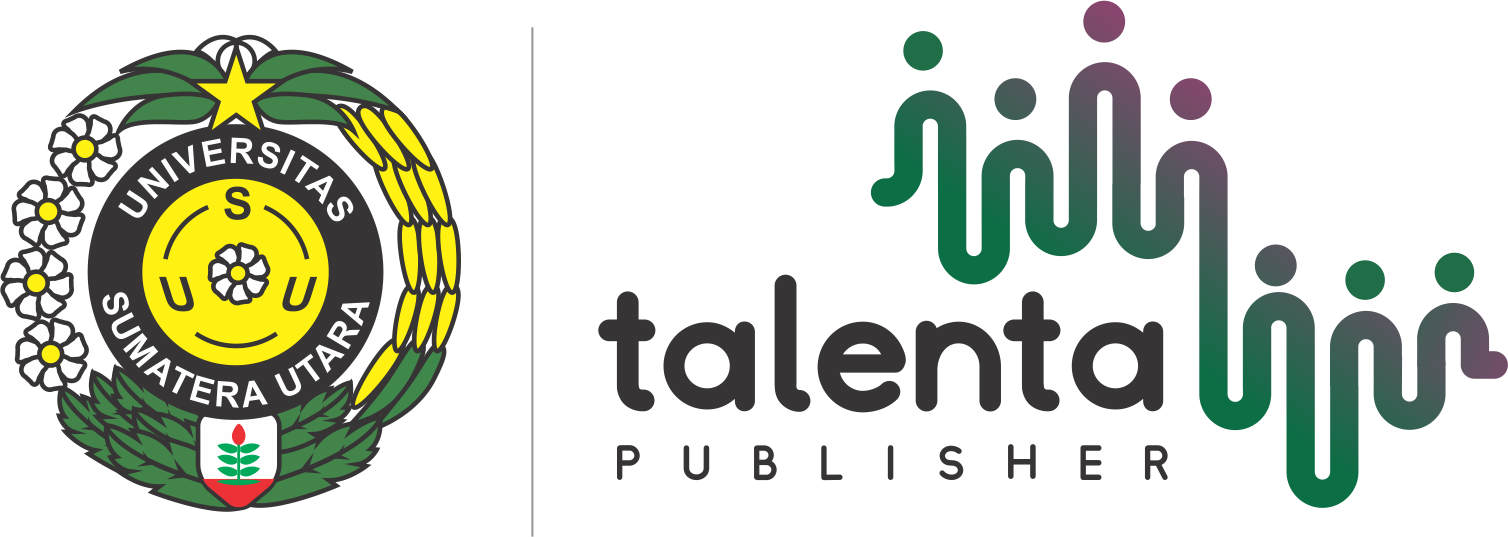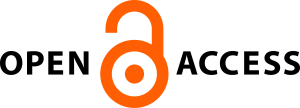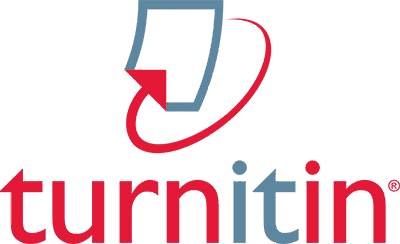Perancangan Maternity Belt for Back Support bagi Ibu Hamil dengan Metode Nigel Cross
| Authors | ||
| Issue | Vol 8 No 1 (2025): Talenta Conference Series: Energy and Engineering (EE) | |
| Section | Articles | |
| Section |
Copyright (c) 2025 Talenta Conference Series: Energy and Engineering (EE)  This work is licensed under a Creative Commons Attribution-NonCommercial-NoDerivatives 4.0 International License. |
|
| Galley | ||
| DOI: | https://doi.org/10.32734/ee.v8i1.2566 | |
| Keywords: | maternity belt nigel cross perancangan produk product design | |
| Published | 2025-07-28 |
Abstract
Ibu hamil di Indonesia yang mengeluhkan nyeri punggung mencapai persentase sekitar 60% hingga 80%. Salah satu upaya dalam mengatasi rasa nyeri tersebut yaitu dengan memakai maternity belt for back support. Perancangan produk maternity belt for back support menggunakan metode perancangan Nigel Cross yang terdiri dari 7 buah langkah yang sistematis, yaitu klarifikasi tujuan, penetapan fungsi, penyusunan kebutuhan, penentuan karakteristik, penentuan alternatif, evaluasi alternatif, dan pengembangan rancangan. Pada klarifikasi tujuan dibuat pohon tujuan produk yang terdiri atas 4 level. Penetapan fungsi membagi produk dalam 3 buah sub fungsi. Dari tahap penyusunan kebutuhan, diperoleh 8 buah atribut dalam golongan wish. Tahap penetapan karakteristik menggunakan 7 buah karakteristik teknis yang diperoleh melalui pengamatan selama proses produksi berlangsung. Tahap pembangkitan alternatif menghasilkan 3 buah alternatif produk yang memungkinkan. Evaluasi alternatif menetapkan alternatif pertama sebagai solusi yang terbaik. Pada tahap pengembangan rancangan, dilakukan perubahan terhadap jumlah velcro tape serta jenis alat pemijat sehingga harga berubah menjadi Rp432.585.
The percentage of pregnant women in Indonesia reporting back pain reaches around 60-80%. One effort to relieve this discomfort is by wearing a maternity belt for back support. Designing the maternity belt for back support utilizes the Nigel Cross method with 7 systematic steps: clarifying objectives, establishing function, setting requirements, determining characteristics, generating alternatives, evaluating alternatives, and improving details. Clarifying objectives results in a product objective tree with 4 levels. Establishing function divides the product into 3 sub-functions. Setting requirements reveals 8 attributes classified as wishes. Determining characteristics uses 7 technical characteristics obtained through observation during the production process. Generating alternatives produces 3 feasible product alternatives. After evaluating the alternatives, the first alternative is determined as the best solution. In the improving details step, changes are made to the amount of velcro tape and the type of the massage tool, resulting in a change in components price to Rp432,585.





